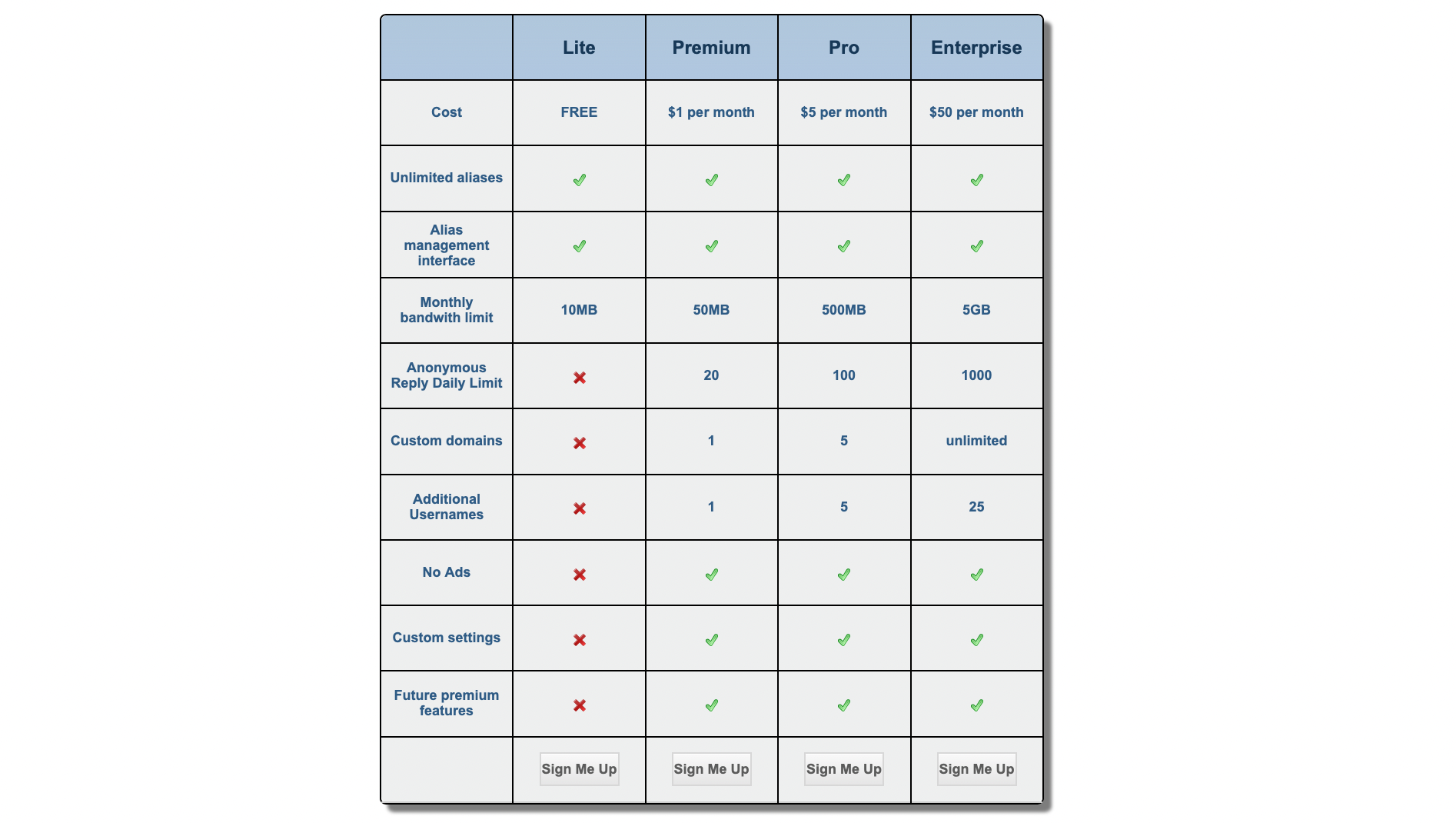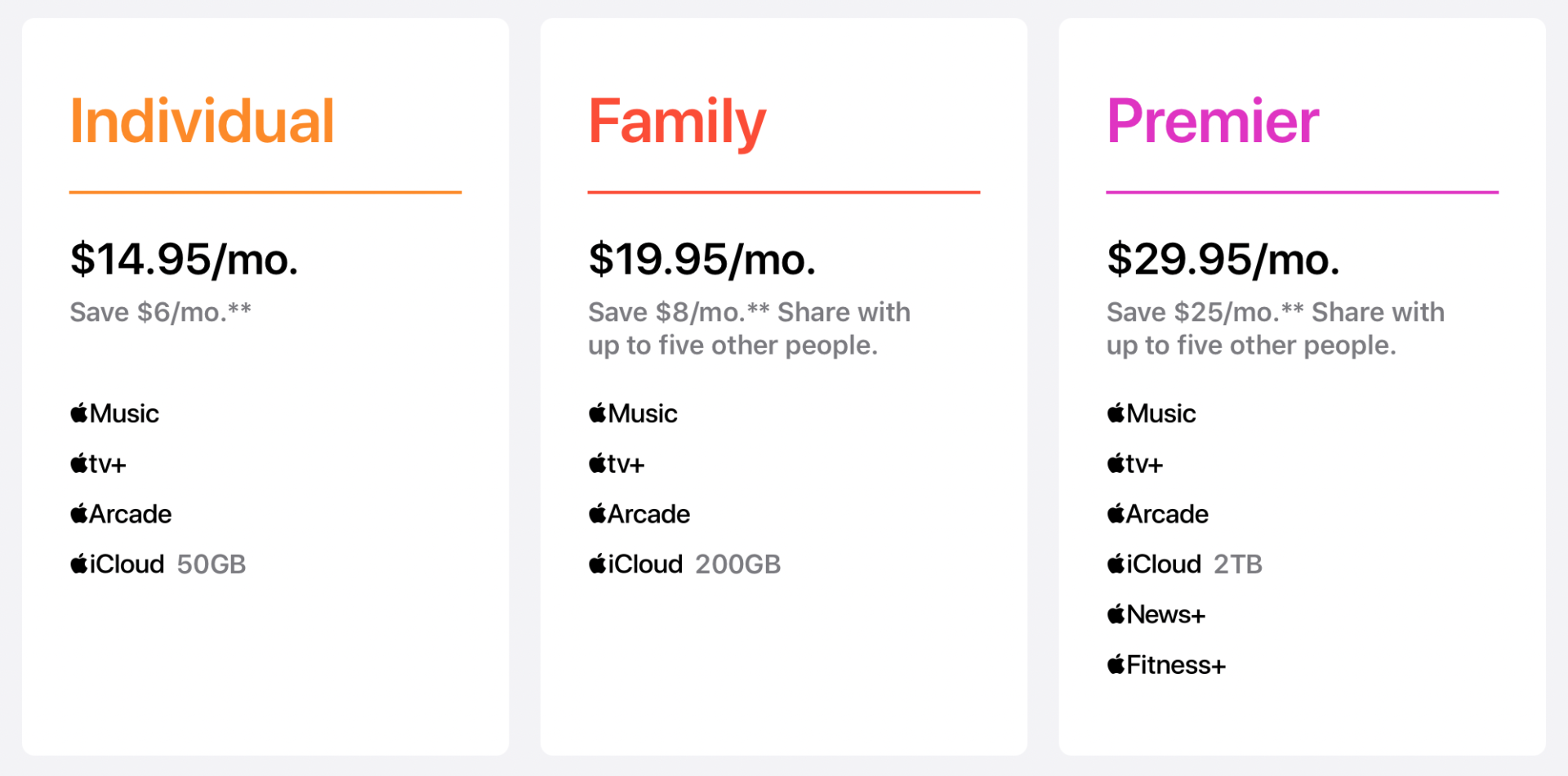One Easy Way To Eliminate Spam
Email sucks, but it doesn’t have to. Here’s how 33Mail, SimpleLogin, or Apple’s Hide My Email can eliminate spam and secure your privacy.

Email is the necessary evil we all love to hate. When Ray Tomlinson sent the first email in 1971, I’m sure he didn’t realize that 50 years later, it would be the bane of most people’s workday. Yet, here we are in 2021, with roughly 300 billion emails sent daily — nearly a third of those being spam. Yeah, email is the worst. But, it’s something none of us can live without. Thankfully, there is one easy way to eliminate spam from your life: stop giving people your email address.
It sounds effortless, but it’s often quite difficult. When I moved from 1Password to Apple’s Keychain, I transferred around 350 user logins. Each of those required my email address. That’s, of course, just the tip of the iceberg. From newsletters to doctor’s offices to receipts… my email address is everywhere. Except, it really is not.
Most of the email addresses I use to sign up for new accounts and subscribe to newsletters are disposable. They exist only for that single website and forward all emails to my actual address. This way, it’s easy to track down where spam comes from and eliminate it. Thankfully, setting up disposable email addresses is as simple as choosing a service. This article explores three great options — 33Mail, SimpleLogin, and Apple’s Hide My Email — and which one I’ll continue using moving forward.
How These Services Work
Before getting into the nuts and bolts of each service, let’s take a brief look at how they work. Essentially, each service provides a way to generate an unlimited amount of new email addresses. You identify your real email address — where you want things sent — and the service directs everything there.
While you can set up forwarding accounts with just about every email provider, these services take things a step further. Most email forwarding options land in your preferred box and then, if you reply, show your actual email address.
These services, however, mask your actual email address forever. If you need to reply to an email, it sends from the disposable address, keeping your personal email address private and hidden. If a particular email begins sending spam (maybe the company sold your information or there was a data breach), you can simply turn the address off, and then there’s no more spam.
Using disposable email addresses largely eliminated spam from life. In fact, I get so little spam that I keep the Junk folder visible in Apple Mail in case there ever is something new there. Today, for the first time in over a week, something landed in Junk, but it was a false-positive email from my cell phone provider touting the iPhone 13.
Services Providing Disposable Email Addresses
While each of the three options I address operates with these same basic principles, they offer a few unique features. Let’s look at them individually.
33Mail (Free To $50/Month)
A few years ago, I read David Koff’s Tech Talk newsletter about 33Mail. Since then, I’ve used 33mail to create countless email addresses. In fact, over 100 of the logins I transferred into Keychain were 33Mail addresses. I’ve been a massive fan due to the simplicity and cost.
33Mail operates using a wildcard system. Essentially, the service provides each user with a domain that matches @username.33mail.com. Creating a new email is as simple as typing anything@username.33mail.com into a new sign-up form. Just like that, 33Mail generates a new forwarding address.
I’ve used the $12/year tier of 33Mail for the past two years. It offers unlimited email addresses, 50 MB of monthly bandwidth (which I’ve never gone over), and custom domain support. This way, instead of using @username.33mail.com, I can use @mydomain.com. No one has any idea my email address is not actually part of my website domain. It’s pretty slick.
I really like 33Mail. It’s simple to set up, it has very few frills, and it gets the job done — namely, it keeps my email address hidden and eliminates my spam. While 33Mail has been fantastic for my needs, I’m moving on to another service.

SimpleLogin (Free To $30/Year)
Admittedly, SimpleLogin was not on my radar until recently. The company offered a free premium license to evaluate and write about the service. I began playing with the features a few weeks ago and set up one of my domains for testing.
On the surface, SimpleLogin is very similar to 33Mail — it provides the same hidden email and forwarding features. Though, SimpleLogin differs a bit in how it provides disposable email addresses.
SimpleLogin allows an unlimited number of mailboxes. Essentially, a mailbox ties to an actual email address — think of mailboxes as where your forwarded emails go. Instead of using one address, you can set up multiple addresses where you want things to land. What’s great about this feature is that you can set up an entire business email system when paired with a custom domain. Considering Google charges $6/month/user (or $144 for the two users in The Writing Cooperative), SimpleLogin’s $30/year fee is quite tempting to move to.
Another fantastic feature of SimpleLogin is that it supports unlimited custom domains. I own more than a half-dozen domains and could easily set up each with email using one SimpleLogin account. While I am actively reviewing the implications of moving The Writing Cooperative from Google to SimpleLogin, I am not using the service for my personal addresses. It’s a great service, but there’s one thing missing.

Hide My Email ($0.99 To $29.99/Month)
If you read why I switched from 1Password to Keychain, you know the biggest factor I consider is simplicity. I want things to be easy, convenient, and just work. Starting with iOS 15, Apple is launching a new feature called Hide My Email. It’s the same email hiding and forwarding features provided by 33Mail and SimpleLogin with a slight twist.
Hide My Email does not support wildcards. Instead, when using an iOS 15 device and tapping on a website’s email field, a Hide My Email button appears. Tapping on that provides a screen to generate a new @icloud.com address. The address is a combination of two random words and a few numbers or letters. If you don’t like the one presented, you can cycle between three unique options. The combinations are often fun and, as I started playing with the service, I started trying to find the best of the three options each time. Some random combinations of words include things like “member canoe,” “midsize demon,” and “grouper caption.” Instead of showing the full address in the address line of an email, Apple simply shows Hide My Email. It’s a nice, quick reminder that this person or company doesn’t have my actual email address.
According to support documents, users can create an unlimited number of aliases with Hide My Email. There are reports that during the beta period, users were limited to 100. I have no idea how many Hide My Email addresses I’ve generated (I’m not counting them, and Apple doesn’t provide a total count), but it must be close to 100 at this point, and I’ve not encountered a limit.
The best part of Hide My Email is that Apple includes it in their new iCloud+ package, which basically means any paid tier of iCloud. Since I already am an Apple One subscriber, Hide My Email is a bonus.
While Hide My Email does not support wildcards, it does offer custom domain support — in a way. Part of iCloud+ includes email support for custom domains. Users can add up to three domains with five email addresses per domain (family plans can make the domains available to all iCloud users). However, instead of creating separate inboxes, iCloud essentially sets up these domains with Hide My Email and forwards to the default iCloud account.

What I’m Using Moving Forward
Last week, I converted all of my 33Mail aliases to Hide My Email. Interestingly, Apple doesn’t allow you to create a second Hide My Email address on any given website. However, you can go into the Hide My Email settings in iCloud and add as many as you want there.
Apple’s offering isn’t perfect and offers fewer features from the competitors, but it’s astonishingly simple and doesn’t add another fee to my budget (always a bonus). Considering Keychain, Hide My Email, and Sign In with Apple are all very closely related, I’d love to see future versions of iOS and macOS combine them into a single Settings option (or a dedicated app). However, getting to the different collections is a little clunky — Hide My Email lives in the iCloud settings (and includes Sign In with Apple), while Passwords are a separate setting in iOS. Issues aside, Hide My Email is a great product, and I’m sticking with it for my disposable email needs.
How Do You Eliminate Spam?
The bottom line is simple: you need to use disposable email addresses if you want to eliminate spam from your inbox. Which service you use to manage and create those addresses is up to you. I’m curious what your thoughts are on 33Mail, SimpleLogin, and Hide My Email. Let me know if you use one of these and why or which one you’re considering. Let’s help each other make the best decision and stop spam for good.

